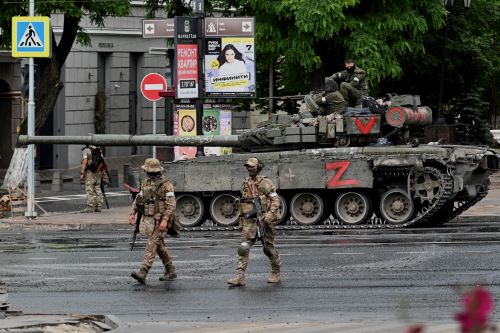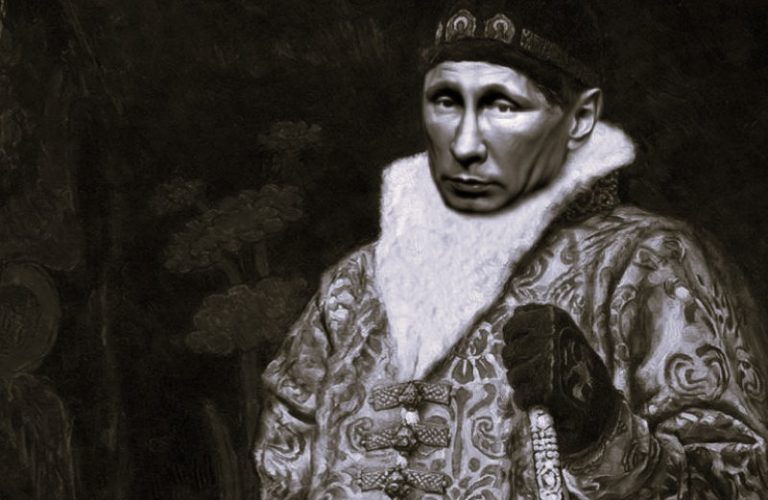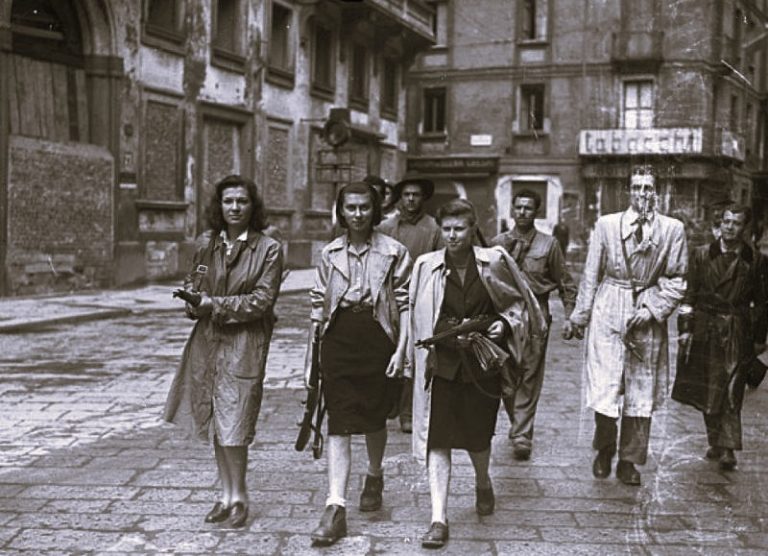

Prigozhin launched a rebellion against the Russian military and a direct challenge to Russian President Putin’s rule.

By Justin Vogt
Executive Editor
Foreign Affairs Magazine
Prigozhin is improvising. Maybe he’s stopped the progress toward Moscow, but now what? Back to base camps, he says. OK: but he’s still in charge. You say coup, I say putsch. You say tomato, I say tomahto: let’s call the whole thing off—but just for now.
But he already succeeded in walking into Russia’s southern military headquarters, which is in downtown Rostov, right in the city. Wagner took the headquarters—and they took it not with guns but essentially with smartphones. The technology has made this a different ballgame. A TV production company is running Ukraine—and doing so with tremendous success, in wartime. Prigozhin’s instrument is Telegram. Putin is famously not on the Internet; he apparently doesn’t understand social media. Big mistake.
The dynamic here is potentially like a bank run. Think about when Silicon Valley Bank collapsed: that was a bank run powered by Twitter. If the Russian army starts to disintegrate in the field, it would amount to a Telegram-powered run on a political-military bank.
If that happens—an immense “if”—Prigozhin could be the gift Ukraine deserves: the crucial alternative to Putin that tests everyone’s loyalties inside Russia, reveals there is little to no actual support for the war among those fighting it on the Russian side, and even unravels things in Moscow. Ukraine’s counteroffensive in its first ten days has been probing weaknesses—alas, probing Ukraine’s own weaknesses, and finding them almost everywhere. But the drive might suddenly look more like slicing through butter if Russians lay down their arms, confused—or, demoralized, just head for home. Ukraine’s counteroffensive faced long, difficult odds; an internal threat to Putin was the one scenario that really favored the Ukrainians. And, well, here we are—or might be.
READ ENTIRE ARTICLE AT FOREIGN AFFAIRS MAGAZINE


